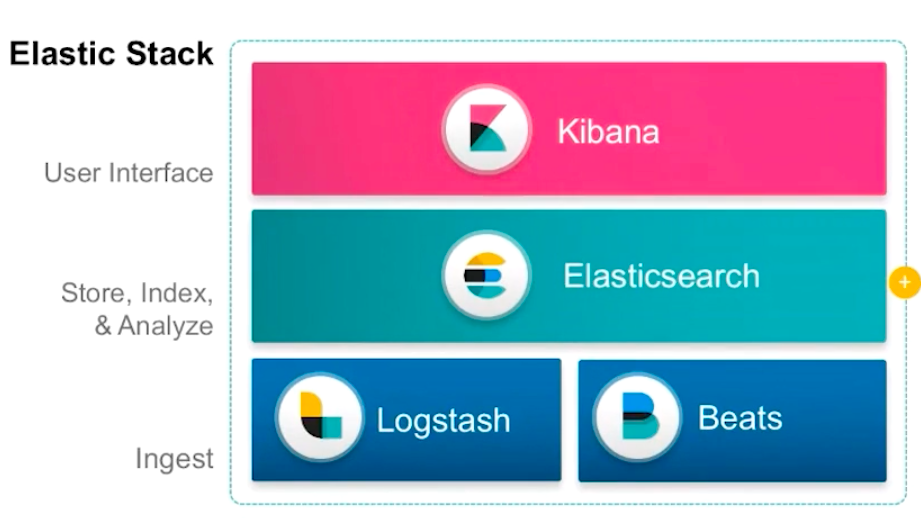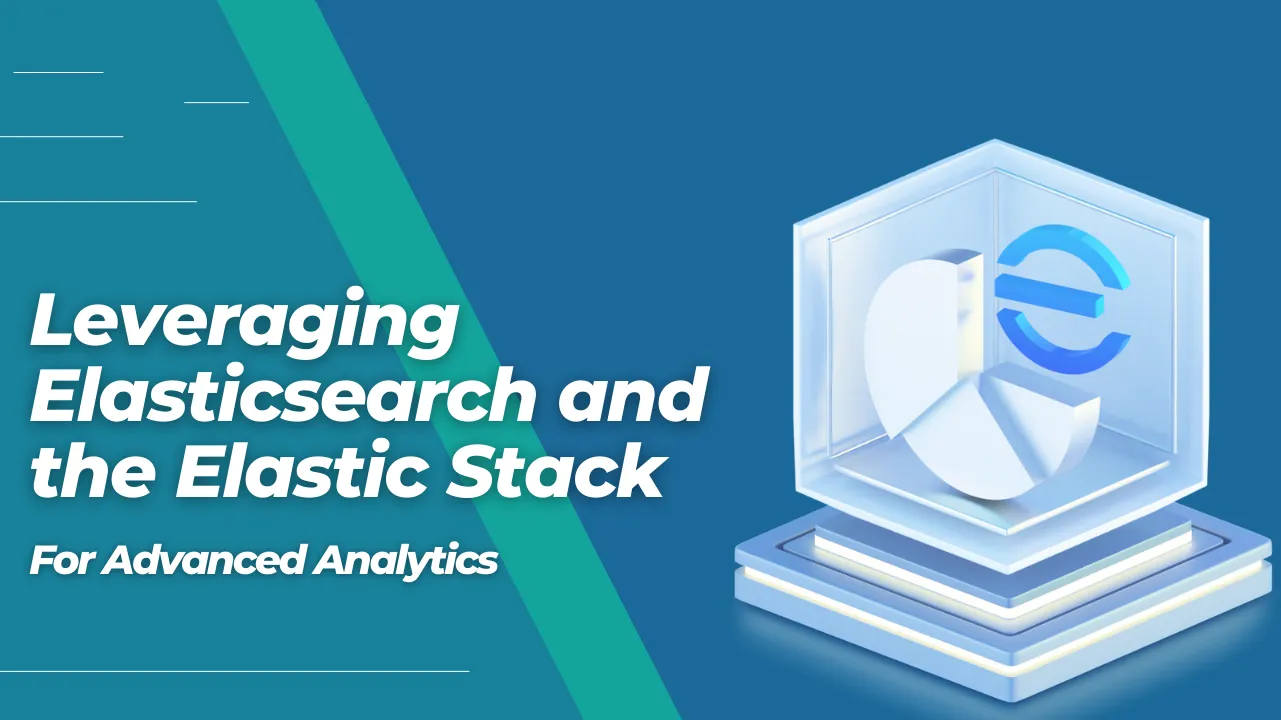In today’s data-driven world, organizations are constantly seeking ways to derive meaningful insights from their vast amounts of data. Advanced analytics plays a crucial role in uncovering valuable patterns, trends, and correlations. Leveraging Elasticsearch and the Elastic Stack provides a powerful solution for implementing advanced analytics capabilities. In this article, we will explore the benefits, use cases, and best practices for leveraging Elasticsearch and Elastic Stack to unlock the full potential of your data.
Understanding the Power of Advanced Analytics
Advanced analytics goes beyond traditional reporting and basic data analysis. It involves using sophisticated techniques and tools to extract insights from complex and diverse datasets. By employing advanced analytics, organizations can make data-driven decisions, identify emerging trends, detect anomalies, and optimize operations.
Introducing Elasticsearch and the Elastic Stack
Elasticsearch is an open-source, distributed search and analytics engine designed for scalability, speed, and real-time data exploration. It forms the core component of the Elastic Stack, which also includes Kibana, Logstash, and Beats. Together, these components provide a comprehensive solution for ingesting, storing, analyzing, and visualizing data.
Key Components of the Elastic Stack
The Elastic Stack comprises the following key components:
Elasticsearch
Elasticsearch is a distributed, RESTful search and analytics engine. It enables organizations to store, search, and analyze large volumes of structured and unstructured data in real time. With its distributed architecture and powerful query capabilities, Elasticsearch is designed to handle the complexities of advanced analytics.
Kibana
Kibana is a data visualization and exploration platform that works seamlessly with Elasticsearch. It allows users to create interactive dashboards, perform ad hoc queries, and generate visualizations to gain insights from data. Kibana’s user-friendly interface makes it easy for non-technical users to explore and understand complex datasets.
Logstash
Logstash is a data collection and processing pipeline that enables organizations to ingest data from various sources and transform it for storage and analysis. It provides a wide range of input and output plugins to connect with different data sources and destinations, ensuring data compatibility and consistency.
Beats
Beats are lightweight data shippers that collect and send data to Elasticsearch or Logstash. They can be deployed on servers, containers, or edge devices to capture and ship data in real time. Beats offer specialized modules for collecting various types of data, such as logs, metrics, network traffic, and more.

Benefits of Using Elasticsearch and the Elastic Stack for Advanced Analytics
Leveraging Elasticsearch and the Elastic Stack for advanced analytics offers several benefits:
Real-Time Insights:
Elasticsearch’s near real-time indexing and search capabilities enable organizations to analyze data as it arrives, providing up-to-date insights for faster decision-making.
Scalability and Performance:
Elasticsearch’s distributed architecture allows it to scale horizontally, handling massive amounts of data and delivering high-performance analytics even under heavy loads.
Flexible Data Exploration:
Kibana’s intuitive interface empowers users to explore data through visualizations, allowing them to uncover hidden patterns and relationships easily.
Diverse Data Ingestion:
Logstash and Beats support a wide range of data sources, making it possible to ingest and analyze data from various systems, applications, and devices.
Open-Source and Cost-Effective:
Elasticsearch and Elastic Stack are open-source, offering cost-effective solutions for advanced analytics without compromising on features or performance.
Use Cases for Advanced Analytics with Elasticsearch
The combination of Elasticsearch and the Elastic Stack can be applied to numerous use cases, including:
IT Operations Analytics:
Monitor system logs, network traffic, and application metrics to identify performance bottlenecks, troubleshoot issues, and ensure optimal system performance.
Security Analytics:
Analyze security logs, detect anomalies, and investigate potential threats in real time to strengthen cybersecurity defenses.
Business Intelligence and Reporting:
Explore and visualize business data, create interactive dashboards, and generate reports to gain insights into sales, marketing, customer behavior, and more.
IoT Analytics:
Ingest and analyze data from IoT devices to monitor sensor readings, predict maintenance needs, and optimize operations.
Log Analysis and Monitoring:
Collect and analyze logs from various sources to identify errors, track system behavior, and improve overall system reliability.
Getting Started with Elasticsearch and the Elastic Stack
To get started with Elasticsearch and the Elastic Stack, follow these steps:
Install and Configure Elasticsearch:
Set up an Elasticsearch cluster based on your requirements, ensuring proper configuration for performance and scalability.
Install Kibana:
Install Kibana and connect it to your Elasticsearch cluster. Configure Kibana’s settings and security features to ensure secure access to data.
Configure Logstash or Beats:
Depending on your data sources, set up Logstash or Beats to ingest data into Elasticsearch. Define pipelines, transformations, and filters as needed.
Create Visualizations and Dashboards:
Use Kibana’s intuitive interface to create visualizations and build interactive dashboards. Customize them to meet your specific analytics needs.
Monitor and Optimize:
Continuously monitor the performance of your Elasticsearch cluster, fine-tune queries, and optimize resources to ensure efficient analytics operations.

Best Practices for Successful Implementation
Consider the following best practices when implementing Elasticsearch and the Elastic Stack for advanced analytics:
Plan for Scalability:
Design your Elasticsearch cluster to scale horizontally as data volume and user demands increase. Distribute data across multiple nodes for improved performance and fault tolerance.
Index Optimization:
Define appropriate index mappings, shards, and replicas based on your data size, query patterns, and performance requirements.
Data Modeling:
Structure your data in a way that facilitates efficient search and analysis. Use the right data types, field names, and relationships to enable meaningful insights.
Security and Access Controls:
Implement robust security measures to protect sensitive data and restrict access to authorized users only.
Regular Maintenance and Upgrades:
Stay updated with the latest versions of Elasticsearch and the Elastic Stack components. Perform regular maintenance tasks, such as data backups, index optimizations, and security patches.
Need help on maintaining Azure Security Center Secure Score of Clients?
Our experts can help you on all kinds of works on Azure Security Center.
Conclusion
Leveraging Elasticsearch and the Elastic Stack for advanced analytics empowers organizations to uncover valuable insights from their data. With Elasticsearch’s powerful search and analytics capabilities, combined with the visualization and data processing capabilities of Kibana, Logstash, and Beats, businesses can extract meaningful information, identify patterns, and make data-driven decisions. By following best practices and understanding the diverse use cases, organizations can maximize the benefits of advanced analytics with Elasticsearch and the Elastic Stack.








